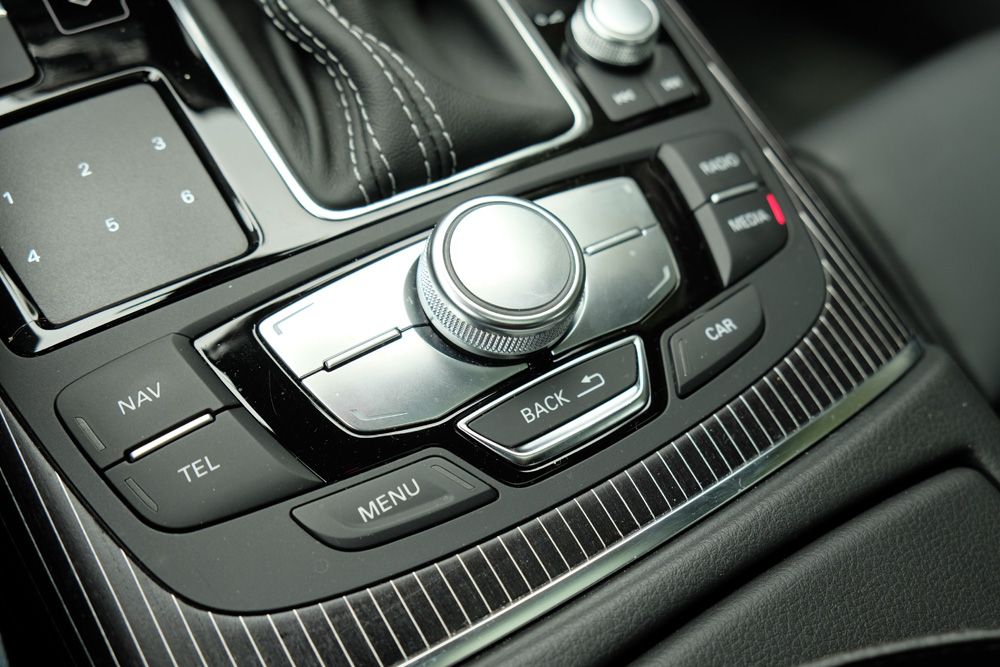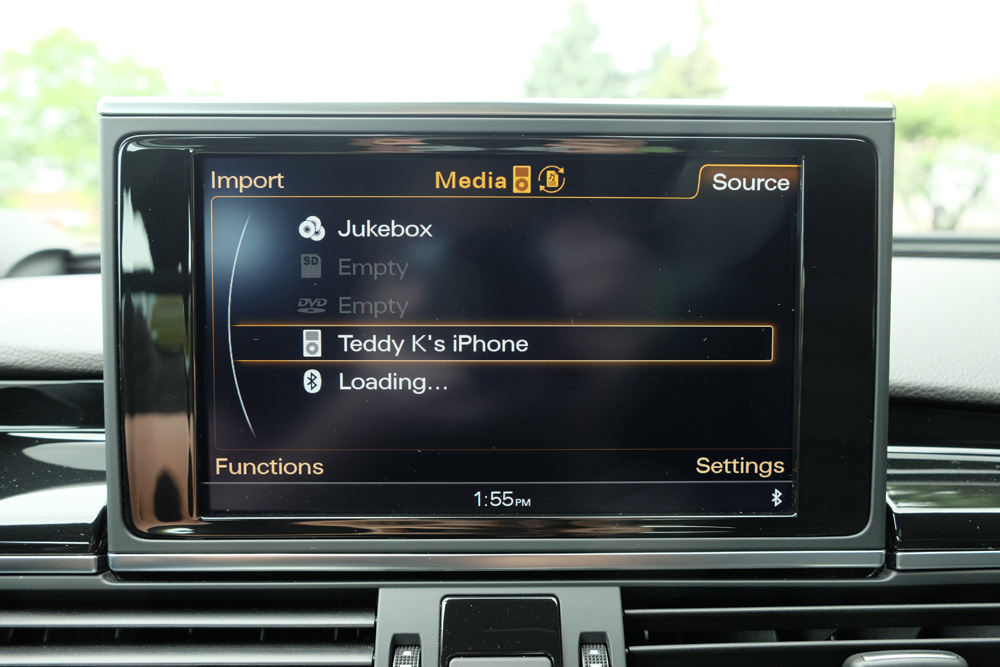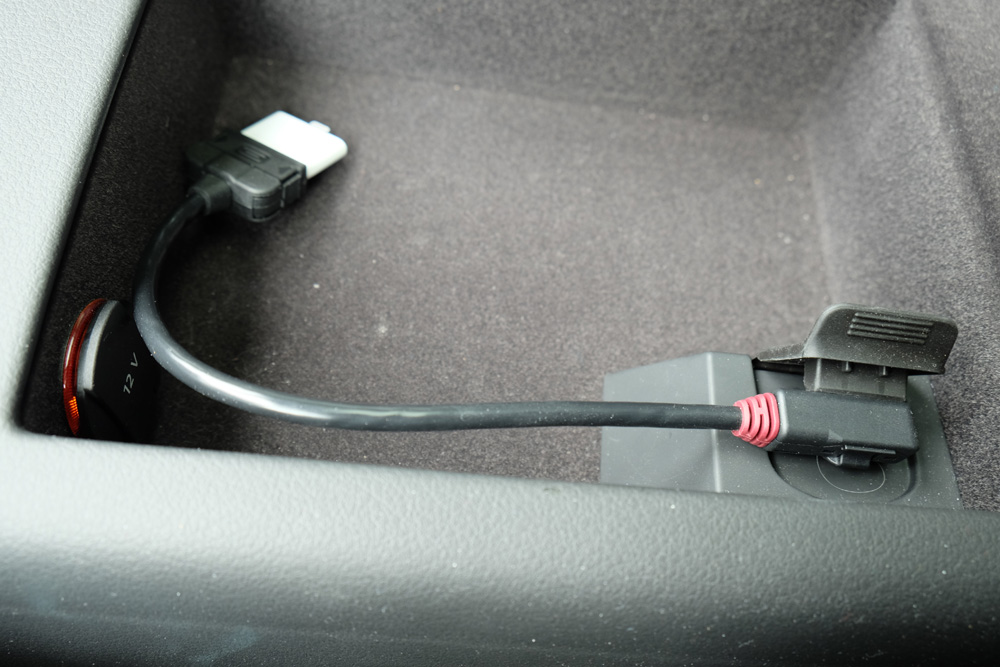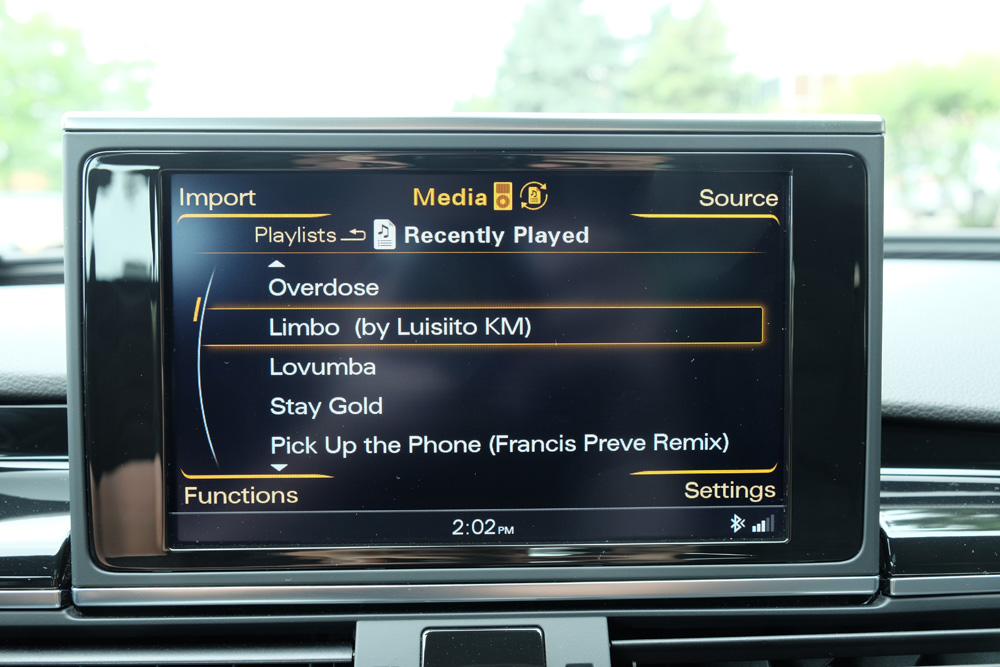
There’s a dichotomy in today’s modern vehicles that continues to be a vexing issue for the world’s top automakers. Despite technology under the hood that is improving actual driving performance, the state of infotainment in the cabin is still in varying states of disarray. It’s not for lack of trying, it’s just the challenge of keeping up with the rapid pace of mobile.
Even a high-end brand like Audi has struggled to find a way to close the gap. Its Multi-Media Interface (MMI) infotainment system is supposed to be the entertainment centrepiece, with smartphone integration designed to simplify usage in the car. But does it actually do that? I took it for a weeklong test drive to find out.

Design and setup
For this test, I was able to drive a 2014 RS7 that, with all the optional features loaded into it, would sell for $140,000 at retail. Anyone paying that kind of money should expect something functional and luxurious from Audi’s infotainment system. While there is some differentiation in what MMI features are available across Audi’s fleet of vehicles, the RS7 is supposed to have it all.
What stays the same, regardless of the model, are the three distinct components that make up the whole system. The Heads-Up Display (HUD) beams speed, cruise control and navigation directly onto the driver’s side windshield. The Multimedia Interface (MMI) manages media, navigation and phone capabilities via a 7-inch display in the middle. The voice activation button on the steering wheel is a shortcut to both, though it offers no integration with Siri, Google Now or any other voice activation app.
Audi has always eschewed the use of a touchscreen, relying instead on a rotary dial in the centre console to navigate. The four surrounding buttons (Nav, Tel, Media and Radio) act as shortcuts to move quickly between them. The Touch Pad to the left is usable for handwriting letters, numbers and symbols with a finger to input a name or address.
The other hardware element of note — and it’s a questionable one — is the AMI port in the centre console. This is a proprietary plug Audi uses in lieu of a USB 3.0 port. That means the cables connecting to it are also proprietary, and they come separately sold. If you have an iPhone and your passenger has a phone with a microUSB port, you’re out of luck unless you have both cables.
The official explanation for doing it this way is for “consistency of operation” and “a better level of control from Audi.” In other words, a standard USB port and the use of unsupported cables/devices would presumably increase the risk of dissatisfaction with the system. Take that for what you will. In my experience, a USB port doesn’t act all that differently.

Where smartphones fit in
The whole setup looks snazzy, yet it’s the actual smartphone integration that shines a glaring light on how far it can’t go. Pairing a phone to the MMI system via Bluetooth is easy, where it also syncs over contacts. Up to eight phones can be paired with the system, but only one can be actively connected. The Bluetooth connection is crucial because it’s the only workaround for music playback without using the proprietary AMI input.
Both phone calls and music work flawlessly, with metadata showing up onscreen (but no album artwork), with playback controlled from the steering wheel or rotary wheel. It’s fine for the playlist you have playing, but without deeper app integration, even changing a playlist within the same app requires actually handling the phone on the road. Using voice commands doesn’t help the cause much, either. Audi has a JukeBox feature embedded within MMI that offers 20GB of storage for music and video files. Only the music stored there is searchable by voice.
The openness is equally refreshing and deceiving.
Another oddity is that playlists will only appear onscreen when the phone is plugged into the AMI input, not when streaming via Bluetooth. Audi wasn’t able to clarify why this happens when I asked.
Before moving on, it might be prudent to point out what’s missing because connectivity options are fairly limited. Audi models in Europe have SIM card slots, but not so for those in North America. There’s no support for protocols like MHL or MirrorLink, and Audi executives have been tight-lipped on whether firmware or software updates could enable access to Apple’s CarPlay or Google’s Android Auto.
And surprisingly, the AMI input negates the iPod Out feature when using the 30-pin adapter cable for older iPhones. This kills off the chance to use third-party navigation apps like Waze, TomTom or Google Maps and have the video feed pop up on the MMI display. I tried a makeshift workaround wherein I used the built-in MMI navigation map, muted its turn-by-turn directions and used the audio cues from Waze or TomTom for directions instead. This odd hybrid worked better than I expected, though I found it to be a real microcosm for the disjointed MMI-smartphone integration.

Wrap up
Audi’s MMI is agnostic to the point where it really doesn’t matter if you’re using an iPhone, Android, BlackBerry or Windows Phone handset. That openness is equally refreshing and deceiving, largely because of the system’s limits and lack of specific integration. Audi isn’t alone in this predicament, given that the auto industry is wholly straining to figure out how to bring smartphones deeper into the fold without sacrificing safety.
Even so, those challenges can’t mask the disappointment for drivers looking to do more. The key duality of phone calls and music via Bluetooth (or AMI input) works consistently well, except the system’s reach beyond that is where the frustration can set in. The experience of playing music through the phone’s default music app is not any easier than doing it via streaming apps like Spotify, Rdio and Google Play Music, among others. You can have a myriad of playlists, but you can’t easily navigate between them, much less the tracks within them.
This is a problem of app integration, something Apple, Google and aftermarket manufacturers like Pioneer and Kenwood are all trying to solve. That kind of outside support will undoubtedly serve Audi well in the long run, but as is, its MMI system doesn’t open the door wide enough for smartphones yet.
MobileSyrup may earn a commission from purchases made via our links, which helps fund the journalism we provide free on our website. These links do not influence our editorial content. Support us here.


